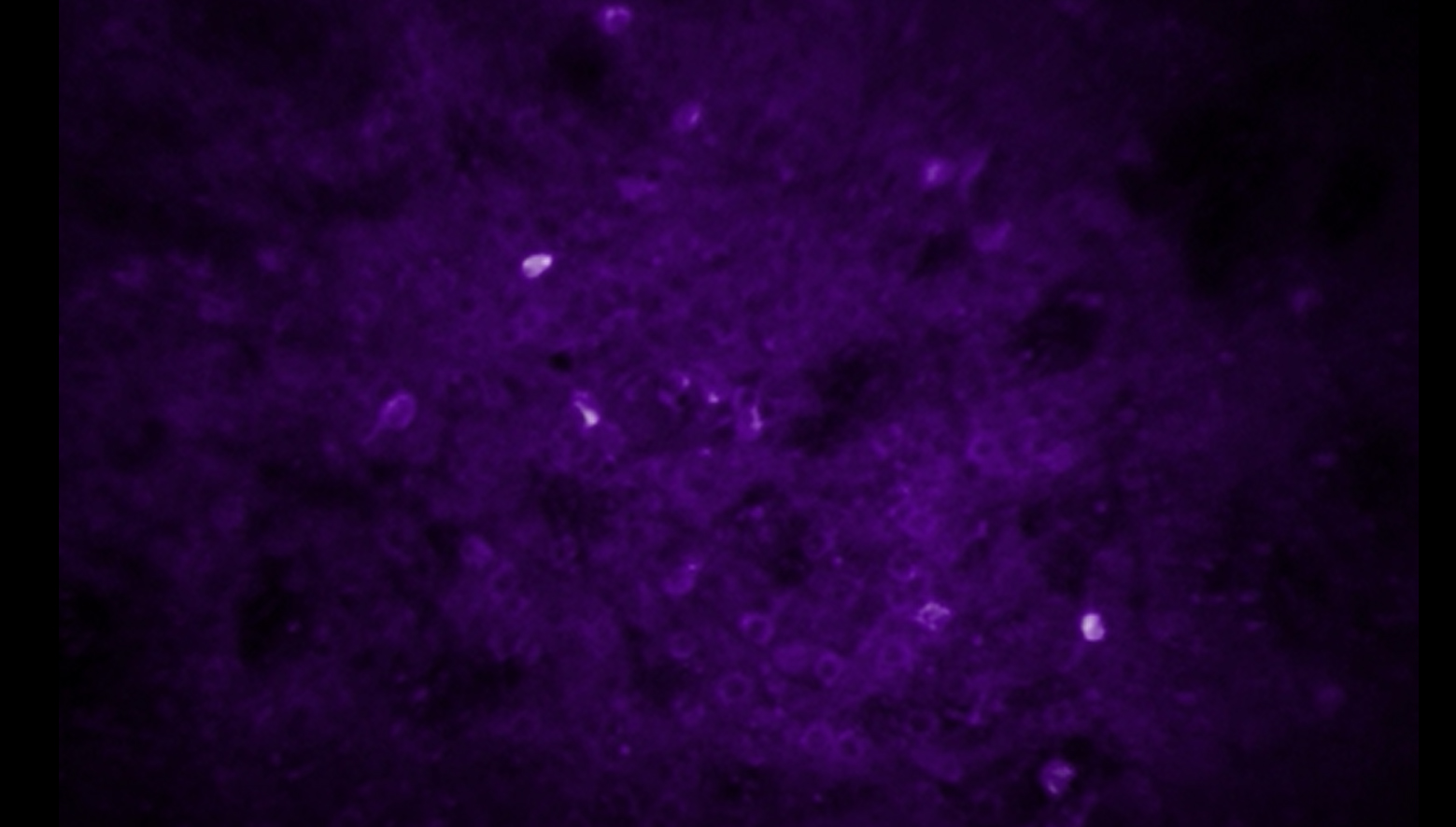Neuroscience

OUR RESEARCH
Our research seeks to uncover how brain circuits transform sensory context into actions, and how psychiatric interventions reshape these processes. We focus on basal ganglia networks, which sit at the intersection of sensory, motor, and motivational signals—the very domains disrupted in psychiatric illness.
A central question in our work is how “set and setting”—the internal state of the organism and the surrounding environment—modulate sensory processing and the action of drugs in the brain. Using rodent models, we combine in vivo electrophysiology, two-photon imaging, and neuromodulator release assays to define how dopamine, serotonin, and norepinephrine shape neural activity at the level of cells, synapses, and networks. We then ask how interventions—ranging from exercise to drugs that act on neuromodulator systems, such as ketamine and psychedelics—alter these circuit dynamics.
By linking invasive circuit measurements to noninvasive readouts like EEG and peripheral physiology, our long-term goal is to develop biomarkers that guide precision dosing and closed-loop interventions in psychiatry.
SELECT PUBLICATIONS
Cell-type-specific auditory responses in the striatum are shaped by feedforward inhibition. Druart M, Kori M, Chaimowitz C, Fan C, Sippy T. Cell Reports. 2024 Dec 24;44(1):115090.
Cell Type-Specific Membrane Potential Changes in Dorsolateral Striatum Accompanying Reward-Based Sensorimotor Learning..Sippy T, Chaimowitz C, Crochet S, Petersen CC. FUNCTION 2021 Sept 21; 10.1093
Cell-Type-Specific Sensorimotor Processing In Striatal Projection Neurons During Goal-Directed Behavior. Sippy, Tanya; Lapray, Damien; Crochet, Sylvain; Petersen, Carl C H. Neuron. 2015 Oct 21; 88(2):298-305
Fast Nonnegative Deconvolution For Spike Train Inference From Population Calcium Imaging. Vogelstein, Joshua T; Packer, Adam M; Machado, Timothy A; Sippy, Tanya; Babadi, Baktash; Yuste, Rafael; Paninski, Liam. Journal Of Neurophysiology. 2010 Dec; 104(6):3691-704
Acute Changes In Short-Term Plasticity At Synapses With Elevated Levels Of Neuronal Calcium Sensor-1. Sippy, Tanya; Cruz-MartÃn, Alberto; Jeromin, Andreas; Schweizer, Felix E.
Nature Neuroscience. 2003 Oct; 6(10):1031-8

CONTACT
The Sippy Lab
NYU Medical Center Science Building
435 East 30th Street
10th Floor
New York, NY 10016
Tanya.Sippy@nyulangone.org

